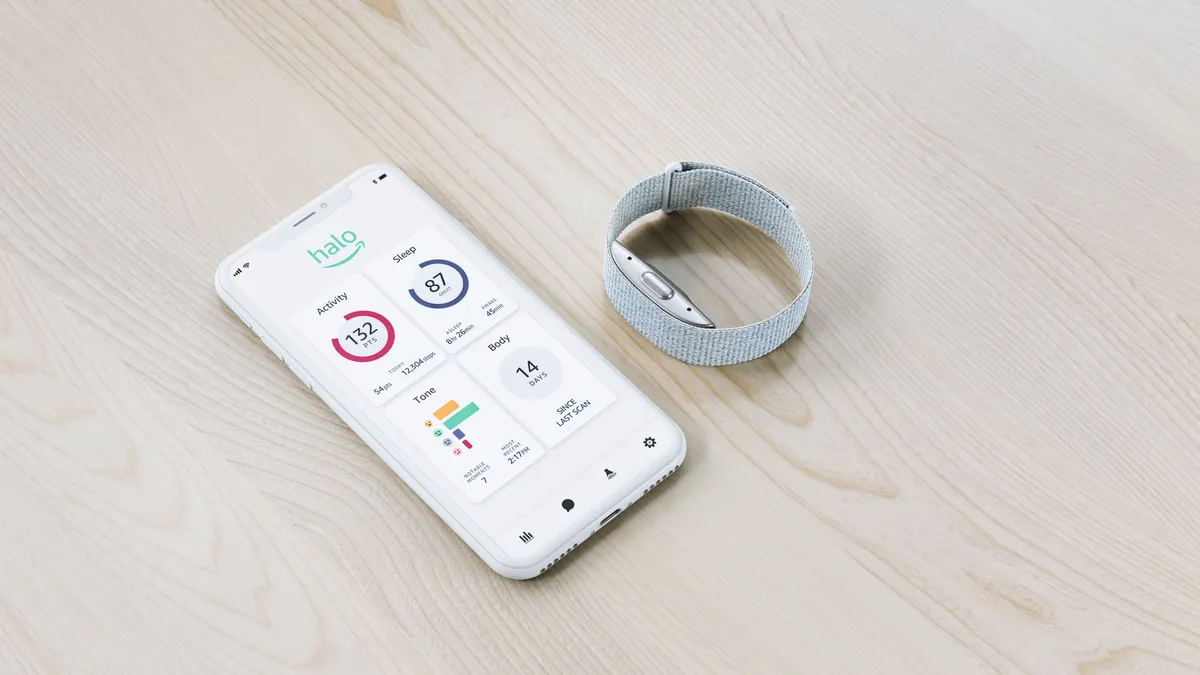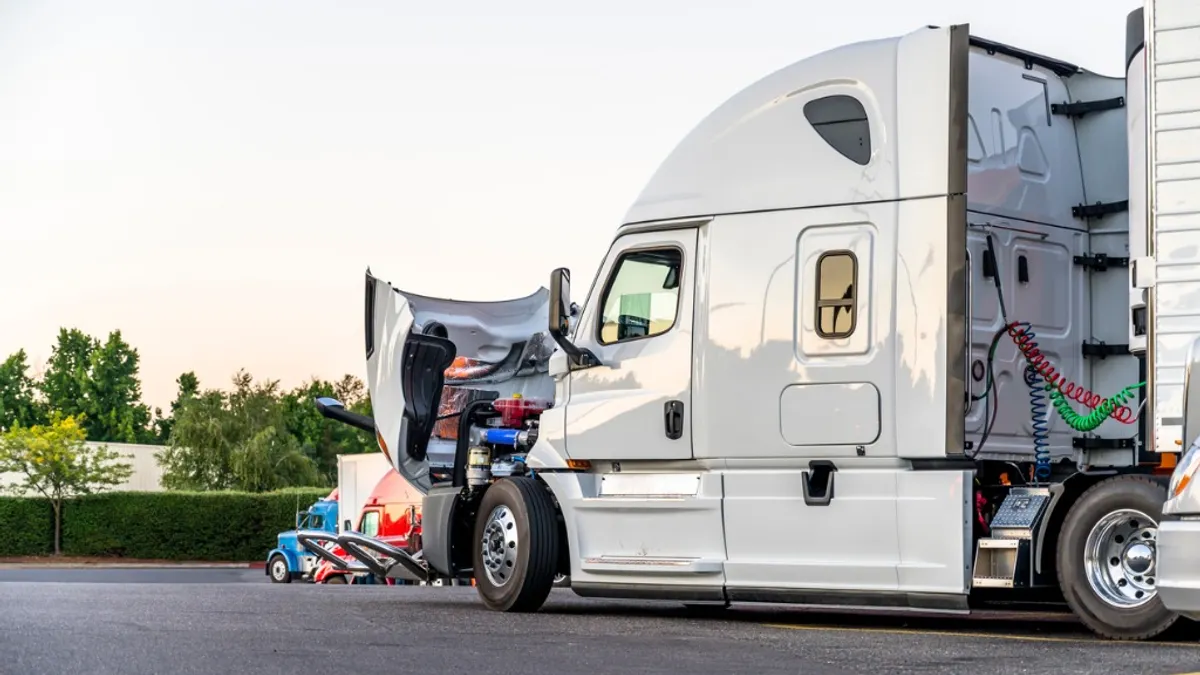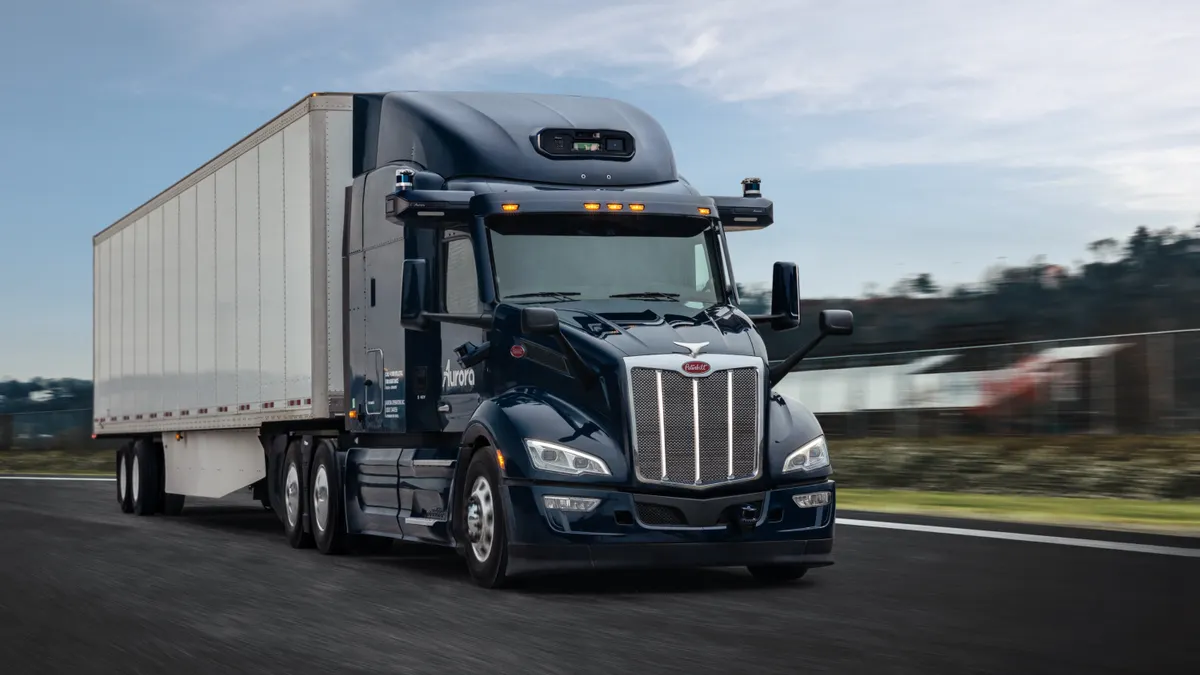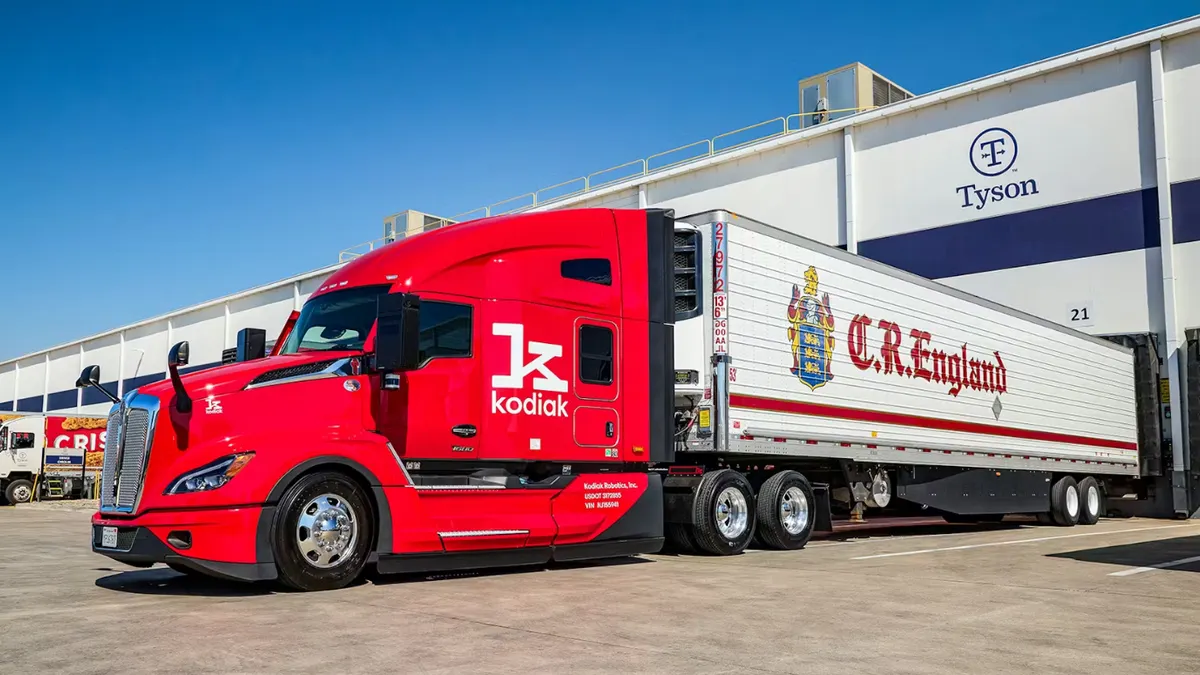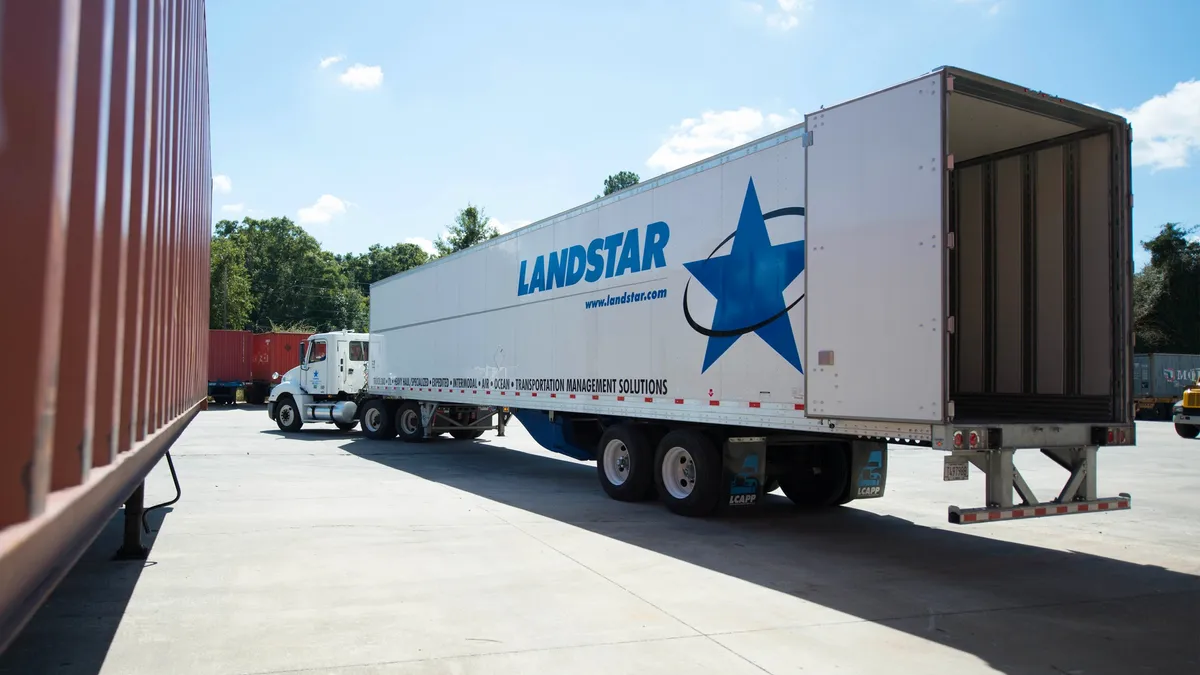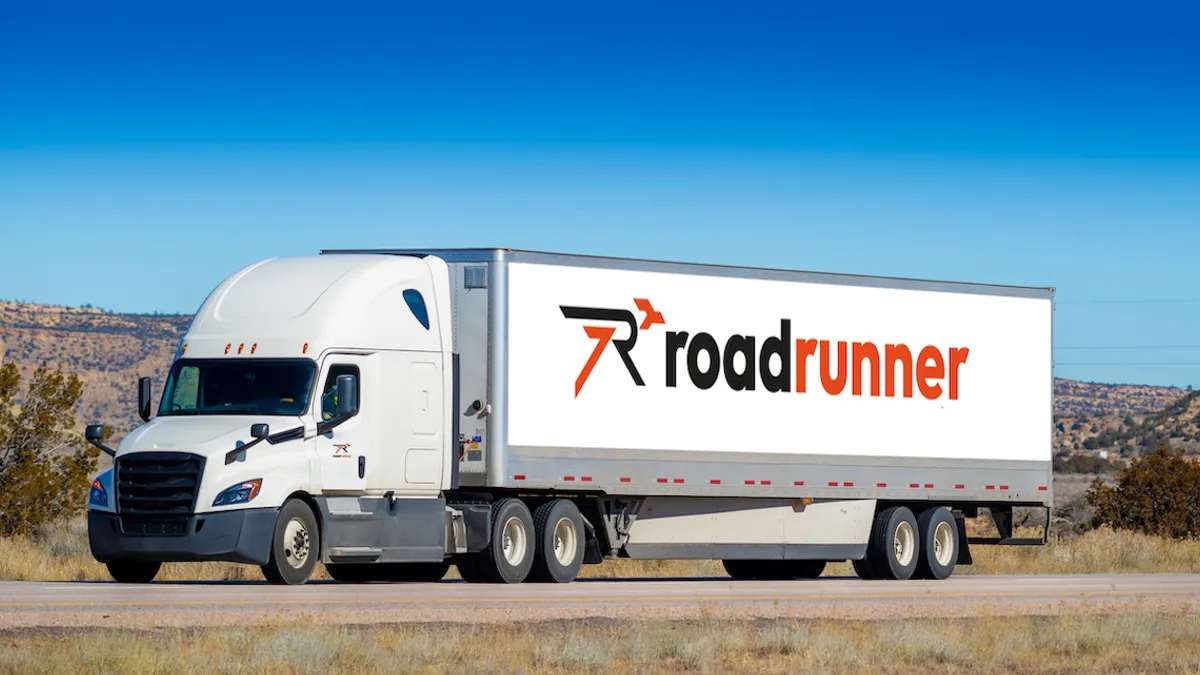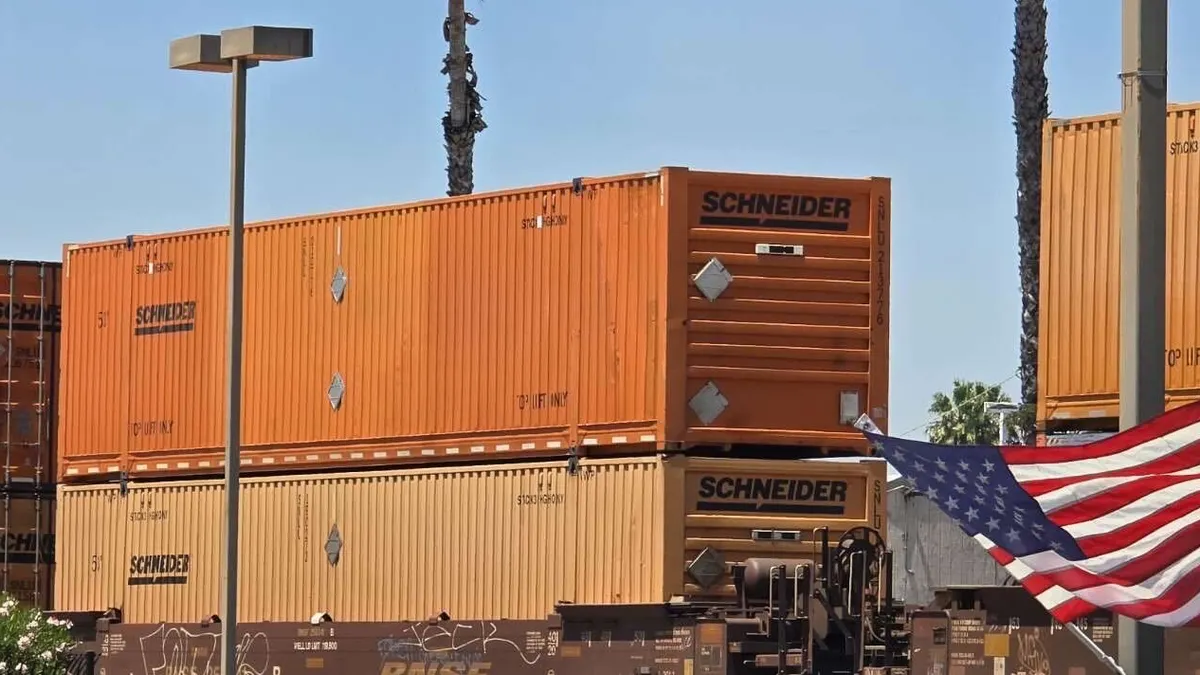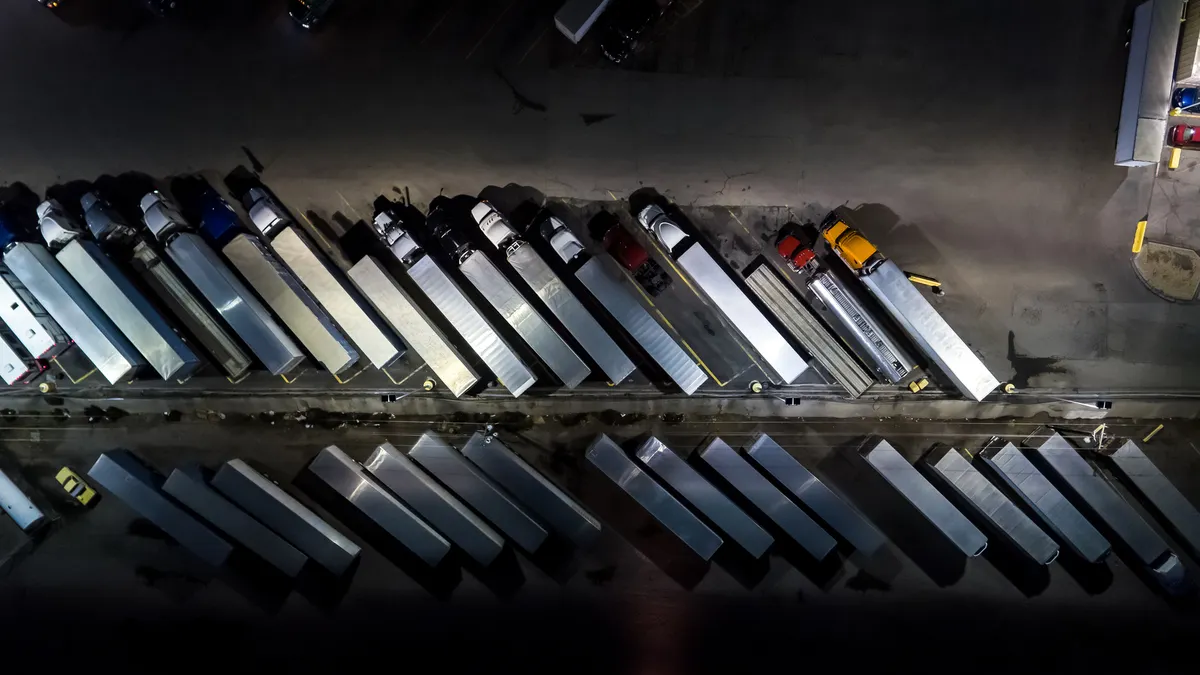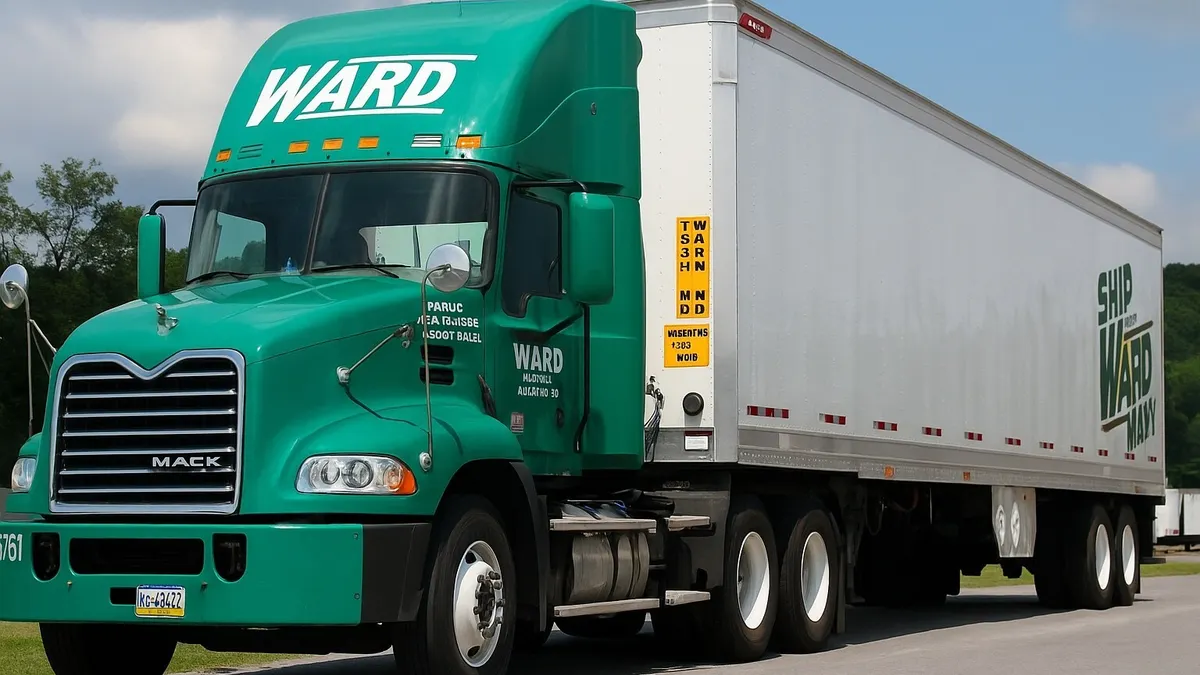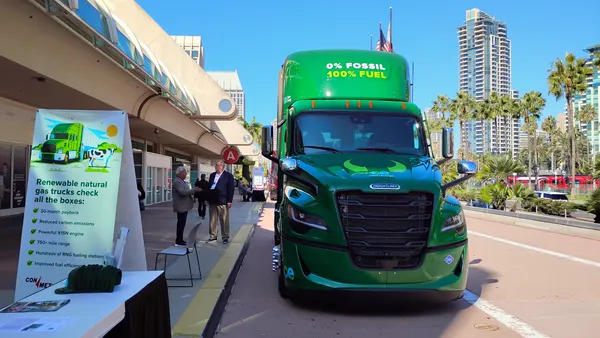Until now, wearables hadn't made much of a splash in warehouse and supply chain management.
Mobile bar code scanners were popular, but other use cases were few and far between, according to Fadel Megahed, associate professor of information systems and analytics at the Miami University Farmer School of Business.
"There may have been some ergonomic professionals that were using devices to try to quantify how much their order pickers are walking in a given day, but that would have been pretty much it," he said.
The pandemic created a new need, as wearables and mobile technology became a potential solution to keeping workers safe. It's opened the door for more investment in these technologies, especially as workers become more accustomed to the wearables being part of their work day.
Now companies are trying to figure out what to do with all the data that comes from wearables.
In "Innovation Driven Resilience," the 2021 MHI Annual Industry Report, MHI and Deloitte surveyed more than 1,000 supply chain professionals worldwide about innovation investments in the supply chain. They found that 26% of respondents said they plan to invest in mobile and wearable technologies over the next three years.
Worker wellness across the supply chain
The pandemic had supply chain professionals looking at wearables, such as those already used to warn workers they were approaching a hazard, in a new way. Knowing someone's temperature via a wearable could identify a sick worker sooner. Also, location data provided by a wearable or mobile devices could speed up contract tracing if an employee tested positive for COVID-19.
"It showed that companies were willing to use it if the right case exists," Megahed said, referring to the pandemic.
Wearables are also being deployed in other realms of worker safety, such as injury prevention.
In July, Verve Motion, a wearable robotics start up, raised $15 million in series A funding, which came on the heels of a pilot deploying its exosuit in ADUSA Supply Chain grocery stores — Ahold Delhaize's U.S. distribution unit. The device, which can be put on in 30 seconds, reduces back strain by 30% to 40% during an ordinary workday, according to a company statement.
"Driver safety is becoming an issue and you have to believe that wearables like Fitbit and the Apple Watch ... are going to make a huge difference."

Paul Beavers
Chief Technology Officer at PCS Software
Wearables and mobile technology are also being used to help boost employee wellness overall, which can help keep workers on the job. This is particularly an issue with long haul truck drivers, who are twice as likely to be obese compared to the general population, according to the U.S. Centers for Disease Control and Prevention. They're also twice as likely to smoke, and only 1 in 4 male and 1 in 5 female drivers said they get 30 minutes of exercise a day, five days a week.
This year, Koch Trucking rolled out the Rolling Strong app and platform to its 850 drivers and administrative staff. It included the RS Flex system that creates an in-cab workout gym, and in-app competitions for meeting wellness, health and fitness criteria.
"Drivers are a rare commodity these days, so we hope this program will help achieve our main goal, which is to keep them driving," Angela Scanlon, human resources director at Koch Trucking, told Commercial Carrier Journal.
Paul Beavers, chief technology officer of PCS Software, recently visited a truck stop west of Houston and saw "drivers who were planking outside," he said. "Driver safety is becoming an issue and you have to believe that wearables like Fitbit and the Apple Watch ... are going to make a huge difference."
From data to decision-making
For wearables and mobile technology to become more ubiquitous, different types of devices need to work within the same ecosystem.
"We have the ability to get data, whether it's on a person or on a shipment or on a truck," Megahed said. "We don't necessarily know what that means in terms of decision-making."
One potential use case is highlighting inefficiencies within the warehouse, by using location-type data from workers.
Beavers said it'll take time before supply chain workers fully embrace wearable technology. They may push back "until people can prove it's not big brother watching me," he said.
Beavers analogizes to when truck drivers were first forced to start using forward facing cameras. A lot of drivers hated it, he said, until they saw real incidents where the cameras helped them, like when they set off a harsh breaking alarm due to the actions of another driver.
"Looking at camera footage, someone had cut the driver off," he said. "They realized if I hadn't had the camera, I would have been in trouble. The same trend will happen with wearables in the warehouse. It's just a matter of time."
This story was first published in our Operations Weekly newsletter. Sign up here.

